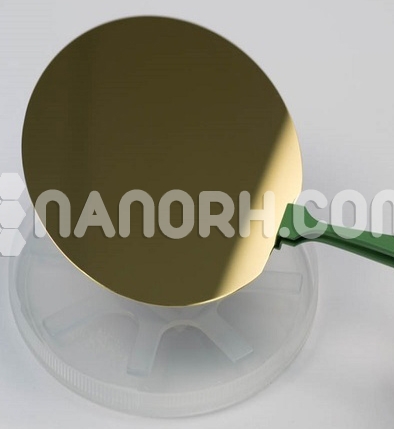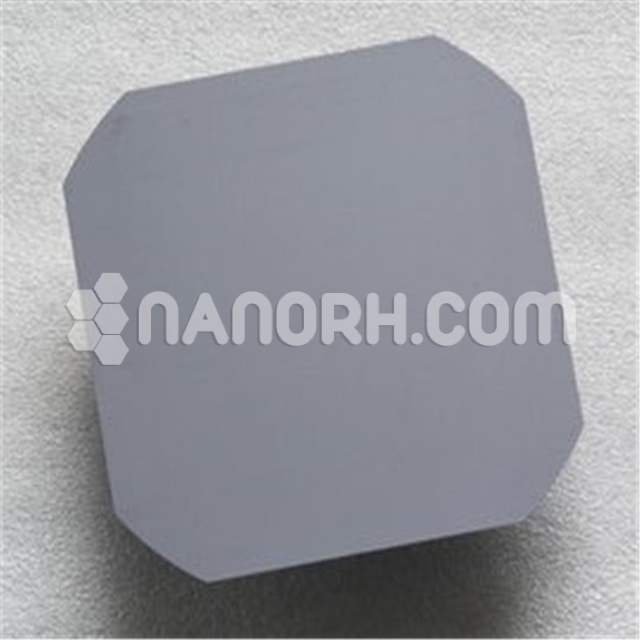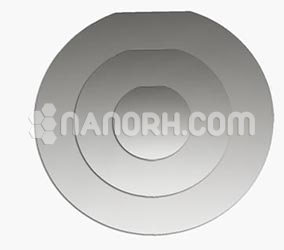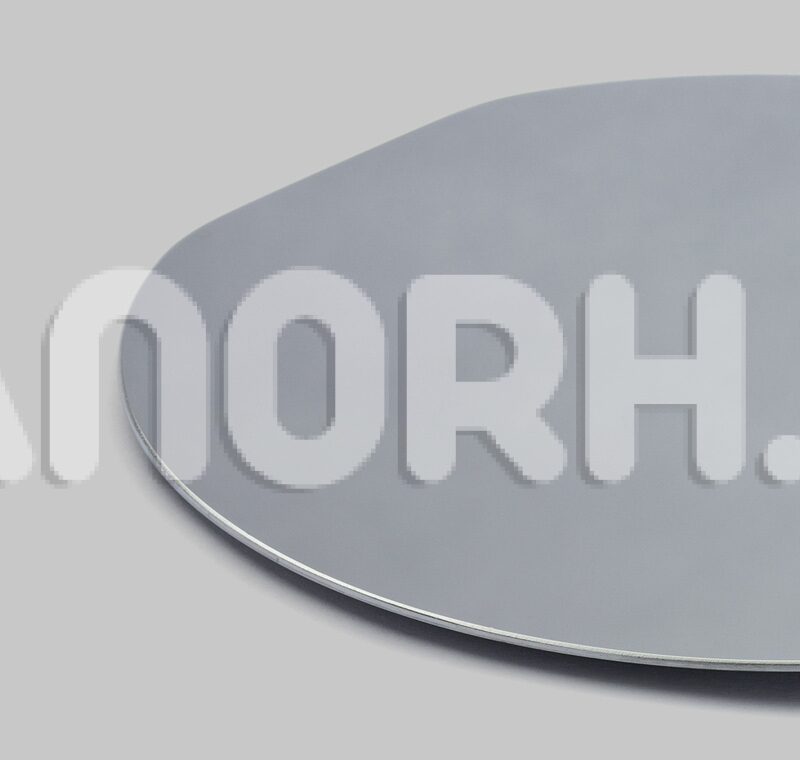| Platinum Coated Silicon Wafer / Platinized Silicon Wafer | |
| Product No. | NRE-44022 |
| CAS | 7440-21-3 |
| Diameter | 4” |
| Shape | Circular |
| Grade | Prime |
| Crystal Orientation (Si) | <100> |
| Crystal Orientation (Pt) | <111> |
| Resistivity | 1-20 Ω-cm |
| Surface | Single Side Polished, back-side Alkaline etched |
| Thickness | 525±25µm |
| Coating | Platinum Coating |
| Thickness of Platinum Layer | 150-200nm |
| TTV | <10µm |
| Bow/Warp | <40µm |
| Thermal Oxide Layer Thickness | 1,000nm±5% (on both sides) |
| TiO2 over Oxide over polished side | 400 ±50Å |
| Platinum (Pt) over TiO2, over SiO2, over polished Silicon, by sputtering | 2000±50Å |
| Surface roughness | ≤ 5 nm |
| Temperature stability of Pt Layer | 600-650 °C |
Platinum Coated Silicon Wafer / Platinized Silicon Wafer
Introduction:
Platinum-coated silicon wafer/platinized silicon wafer often referred to as platinized silicon wafers, are silicon substrates that have been coated with a thin layer of platinum. This combination leverages the advantageous properties of both materials, making them suitable for specialized applications in various industries, particularly in the fields of electronics, sensors, and biomedical devices.
Properties
Enhanced Conductivity: The platinum layer provides excellent electrical conductivity, which is beneficial in electronic applications.
Chemical Stability: Platinum is highly resistant to oxidation and corrosion, making these wafers suitable for harsh chemical environments.
Thermal Stability: The combination of silicon and platinum offers good thermal stability, allowing for operation in a wide range of temperatures.
Catalytic Properties: Platinum has unique catalytic properties, which can be advantageous in specific chemical reactions and sensing applications.
Applications
Sensors:
Used in the development of various sensors, including gas sensors and electrochemical sensors. The platinum layer can enhance sensitivity and selectivity in detecting specific chemicals.
Microelectromechanical Systems (MEMS):
Employed in MEMS devices, where the unique properties of platinum can improve performance in actuators and sensors.
Biomedical Applications:
Utilized in medical devices and biosensors, benefiting from platinum’s biocompatibility and resistance to corrosion. This makes them suitable for in-vivo applications.
Catalysis:
Used in catalytic converters and other chemical processes where platinum’s catalytic properties can facilitate reactions and improve efficiency.
Integrated Circuits:
Can be used as contact materials in IC fabrication, where reliable electrical connections are essential for device performance.
Thin-Film Deposition:
Employed in various thin-film applications, where the platinum layer can serve as an electrode or a barrier layer in electronic devices.




